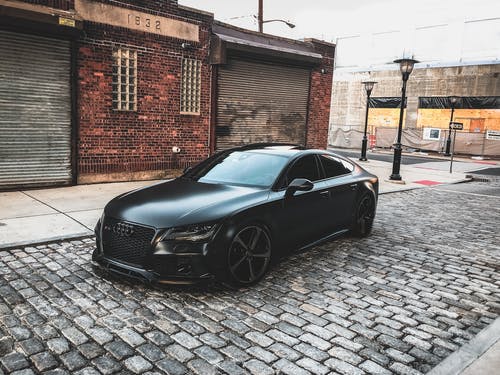What’s the Ideal Turbocharger Size?
.

Now this depends on your goals and needs. Picking a turbo isn’t what it was a couple of years ago. Before turbos, engineers were the only people able to build an engine with a massive output, but the drive was questionable.
But with turbos nowadays any motorhead with handy mechanical skills can fit an engine with a turbocharger and produce high power. With this improvement, the focus shifted from high-end force to drivability.
Step 1: Budget
Anything to do with car engines require some serious dough. Building a power solution isn’t just about fitting two parts together. A turbo can be quite expensive but there are cheaper variations like a single turbocharger.

However, the bill doesn’t stop there. Adding an expensive turbocharger to a poor engine isn’t going to work wonders. So before starting on the turbo, you might want to improve your engine first.
Spend your budget wisely. Buy online from performance heaven or other online stores so that you can compare prices.
Step 2: Calculate Required Airflow
A turbo technically doesn’t produce power. It’s a force feed system that feeds more air into your engine. Usually an engine functions on an air to fuel ratio. This common ratio is about 14:1. So since you can get the amount of energy in gasoline you can get a direct relationship between horsepower and air flow in cfm(cubic feet/minute).
Step 3: Calculate Current Engine Airflow
This step can be done in 2 ways,
You can refer an online calculator that converts cfm to horsepower using a few metrics that you need to input, or you can take your car to a specialized dyno room.
Step 4: Calculate Boost Pressure Ratio
Divide the value from Step 2 by the value from Step 3.
Step 5: Check out the Turbo Maps
This is a graph that will give you an idea of the airflow to pressure ratio. It will also give you a picture of the turbo efficiency at that given ratio value. The vertical axis will usually have the pressure ratio while the air flow is denoted in the horizontal axis.
Step 6: Compare to various compressor maps
A compressor map looks like a bull’s eye and the max efficiency is denoted at the centre of the bulls’eye. Go through different compressor maps until you find one that puts your pressure ratio as close as possible to the centre.

Step 7: Repeat
This time use your engine’s peak torque and repeat starting from Step 2.
Step 8: Keep searching
Using the air flow value at maximum torque keep looking for turbos that are fully spooled at this value. It should also main that pressure ratio throughout.
At first glance this calculation might seem complex if you’re not familiar with this terminology. So, I recommend that you ask a friend or someone familiar with physics and such terminology.
This is also just a quick overview of how a turbo size is picked. For detailed guidance, you should visit your local garage and discuss it with them using the value you’ve calculated.